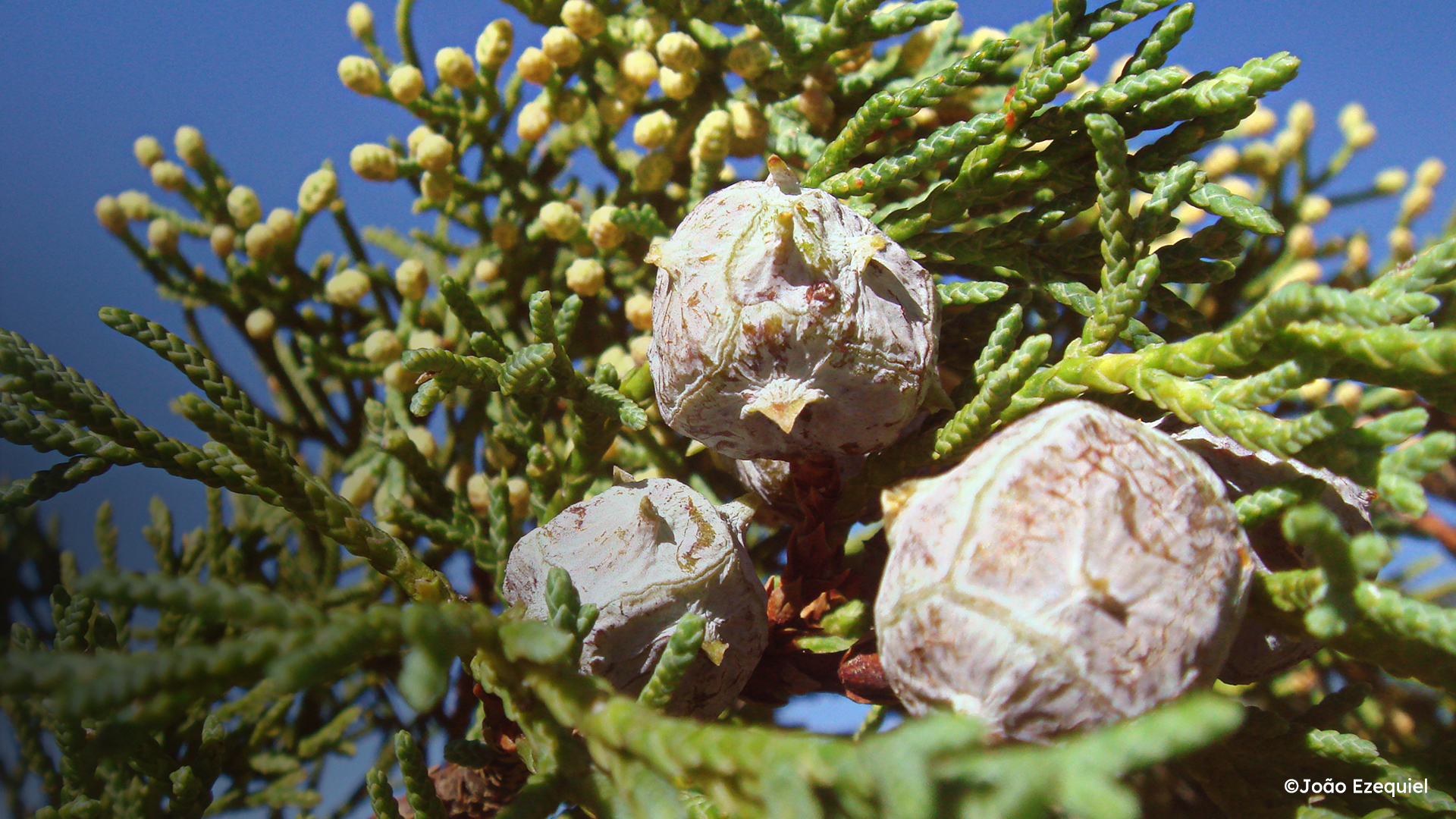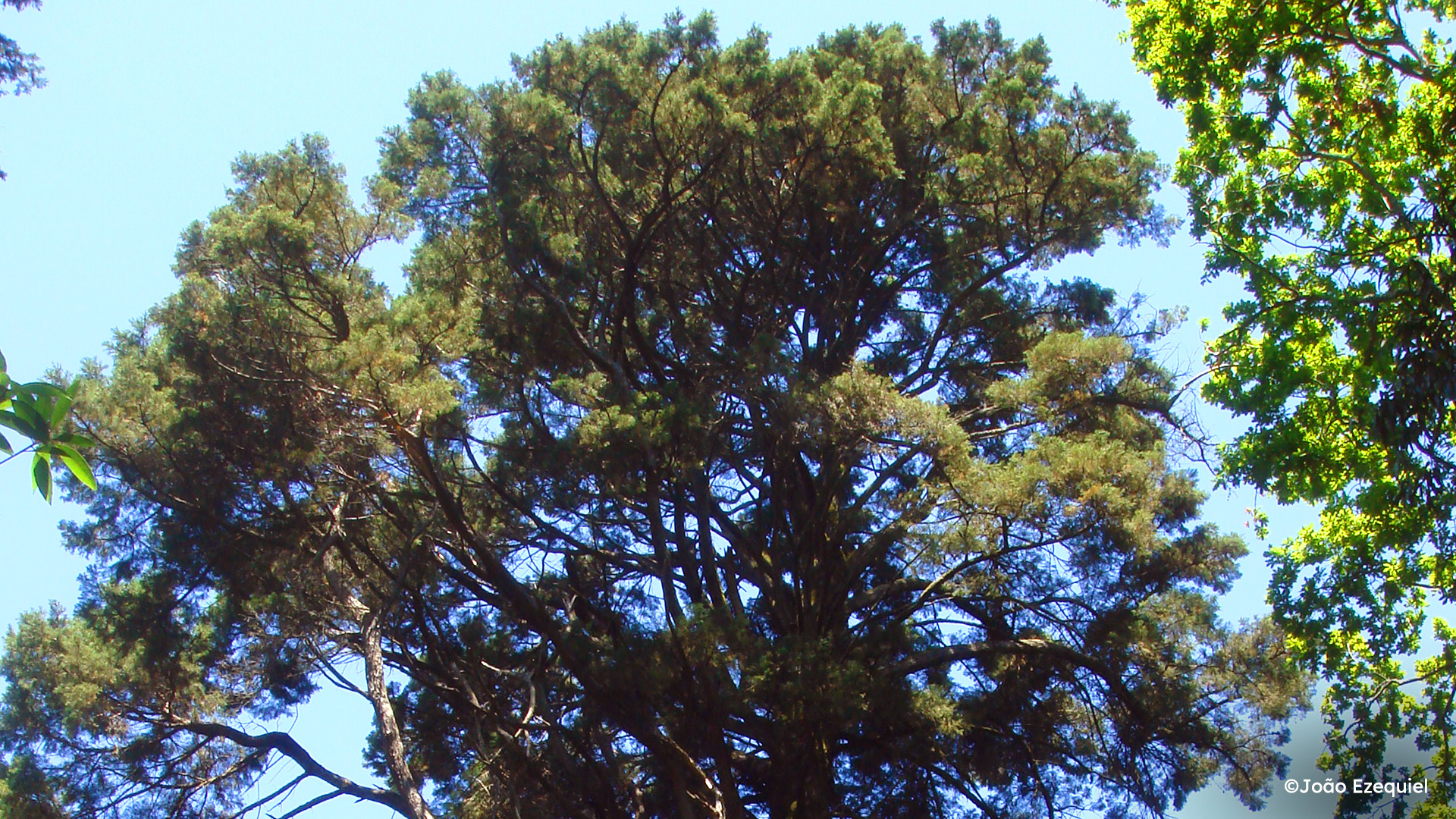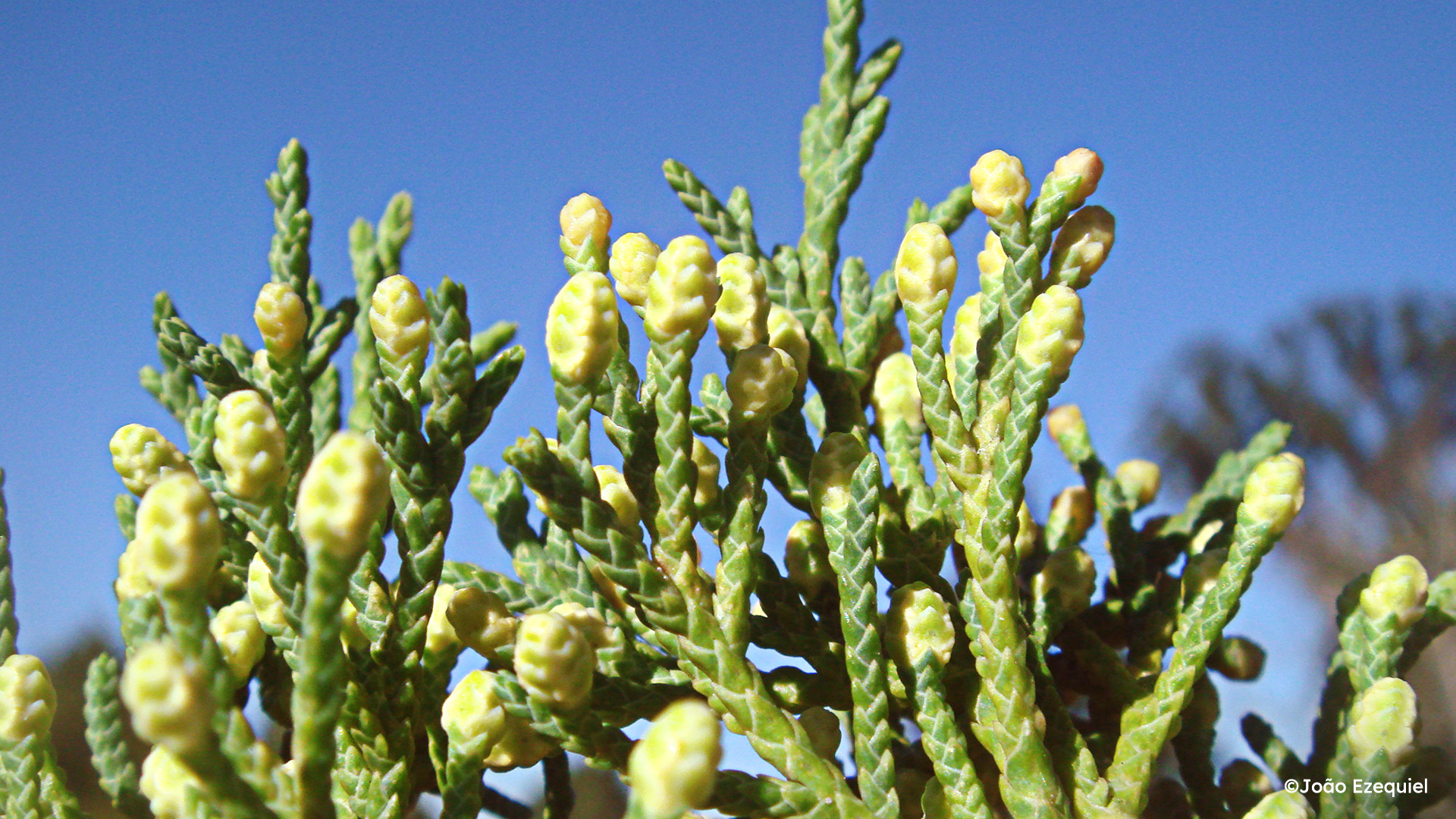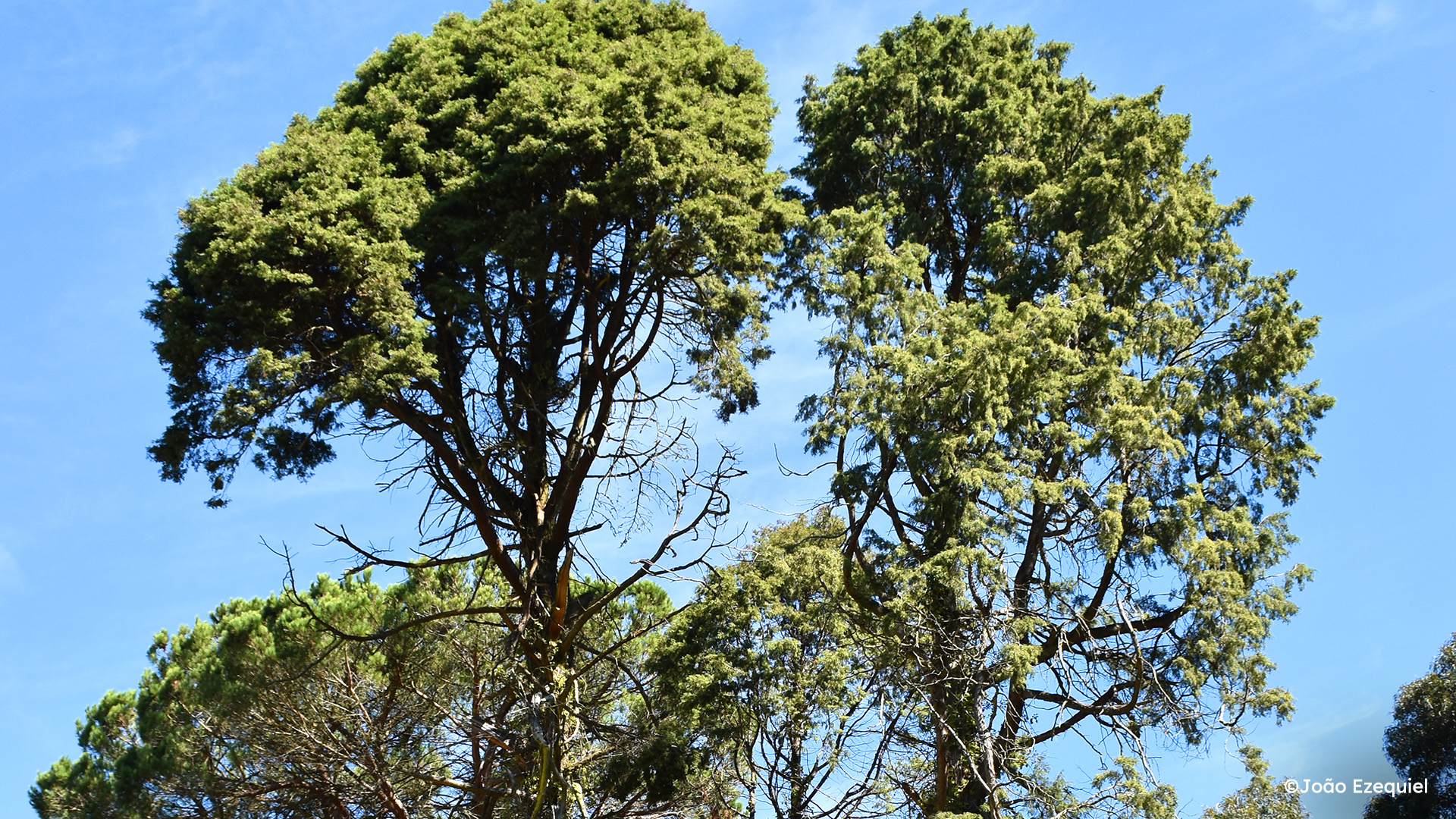Indigenous from Mexico, the Cupressus lusitanica genus is referred to as both buçaco-cedar and buçaco-cypress. Its lusitanica designation derives from the fact that it was classified for the first time in Portugal. But its presence in Portugal is quite prominent and this particular species is the ex-libris of the Bussaco National Forest, in the region of Coimbra.
The issue around the name of this tree may stir some controversy, and there is one (or more than one) reason for that. The reason behind its name may be traced back to the Carmelites who thought that this species belonged to the cedar family, as it reminded them of the cedars of Lebanon (Cedrus libani), of the Pinaceae family, referred to in the Bible.
The confusion ensued in the 17th century, when the French botanist Joseph Pitton de Tournefort classified it as a native species in 1689, more specifically as indigenous from Serra do Buçaco . This mistake happened because such classification was made based on specimens from Portugal, where they had been introduced in the early seventeenth century, hence the designation Cupressus lusitanica. However, as a species, it is actually a cypress (Cupressus), from the Cupressaceae family and indigenous from Central America (Mexico, Guatemala and Costa Rica).
The Buçaco cedar enjoyed exceptional ecological conditions in Portugal and can be found easily in places such as Mata do Buçaco (Bussaco is another of the spellings used) and even in Quinta de São Francisco, a property managed by The Navigator Company.
With a pyramidal canopy, cylindrical trunk and brownish bark, this tree can reach 30 meters in height. With persistent foliage, it has scaliform leaves with pointed extremities and green or glaucous shades. The branches, on the other hand, are divergent and with slightly pendulous extremities. The “flowering” season occurs from January to April, and the fruit (galbula) is between 10 and 15 mm. It can contain up to 75 seeds and is provided with a small handle.
Tournefort não a classificou como um cedro (Cedrus), mas sim como um Cupressus (cipreste), o que está correto. Quem a denominou cedro foram os carmelitas, como está dito no paragrafo anterior. Reformulei para fazer sentido!






